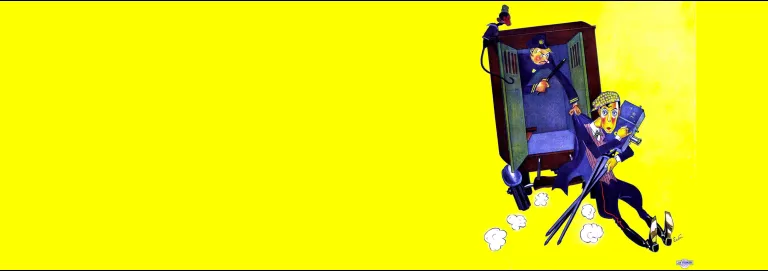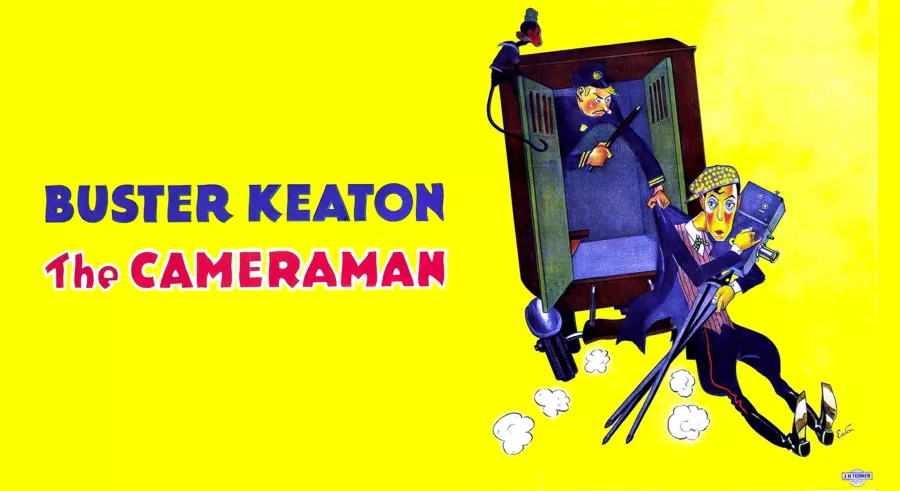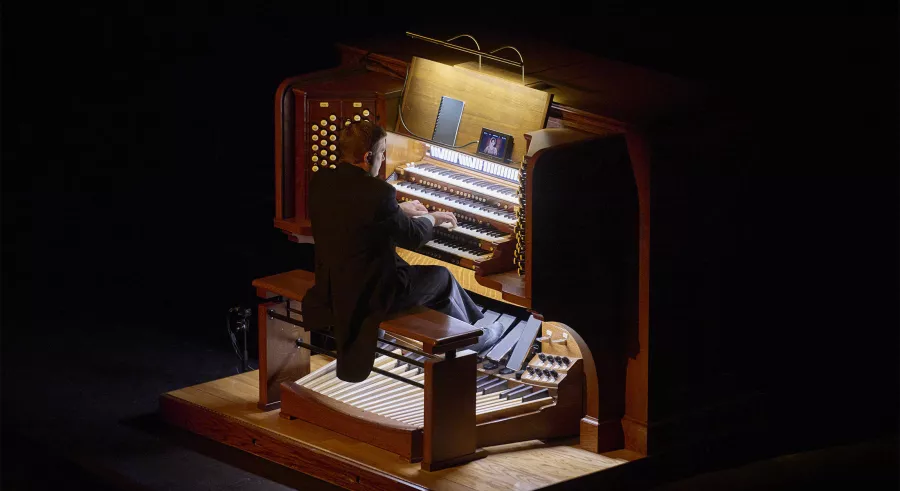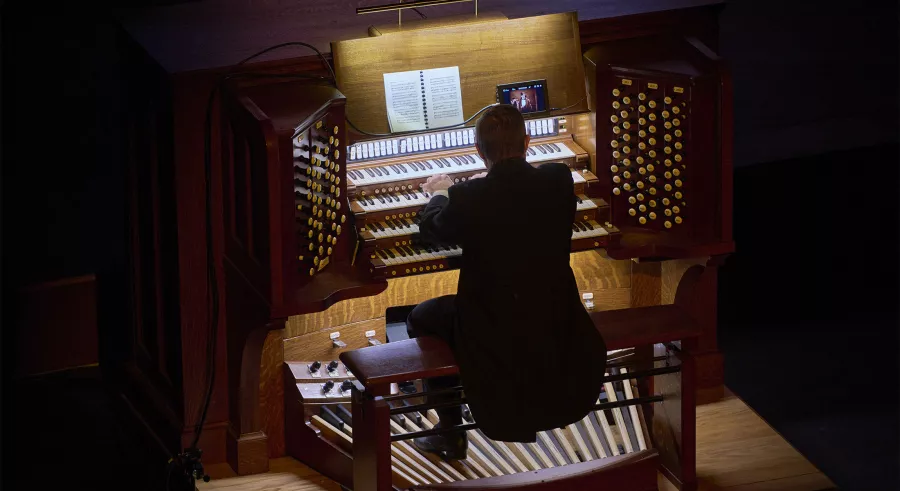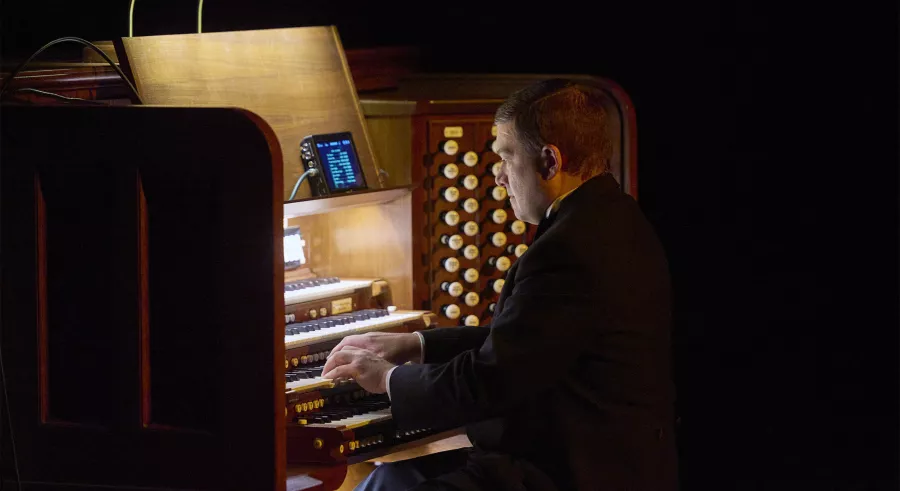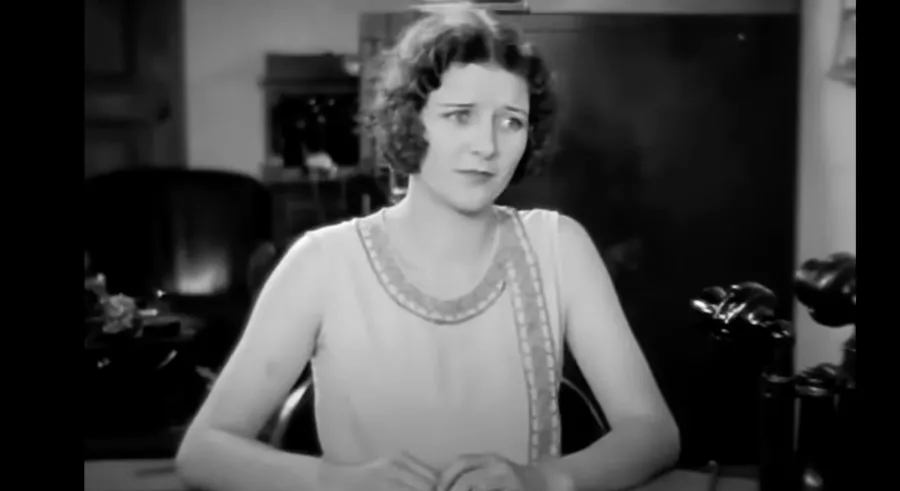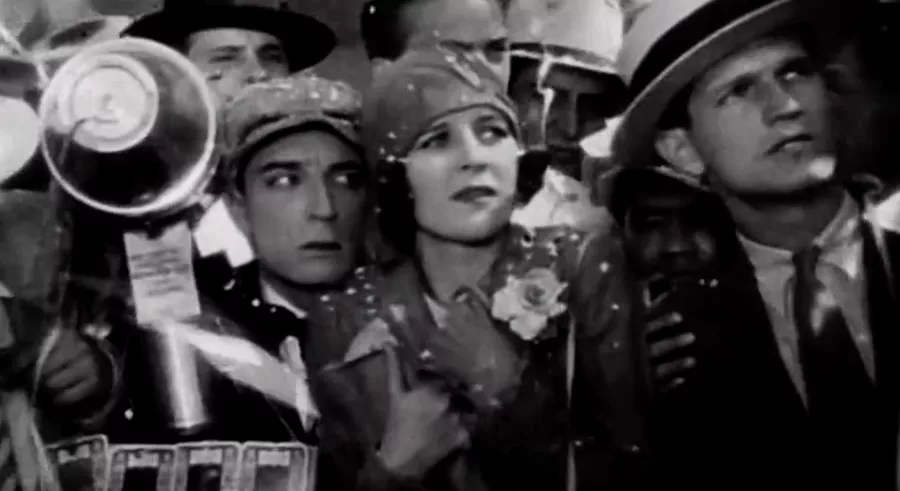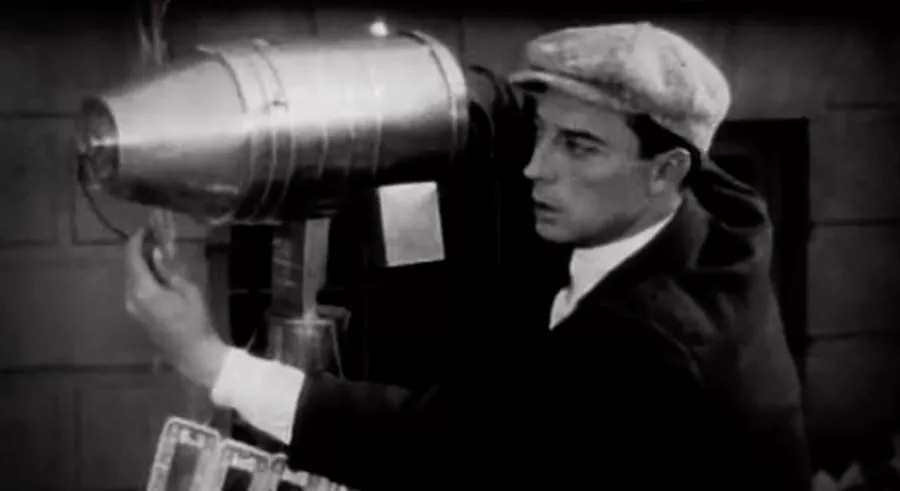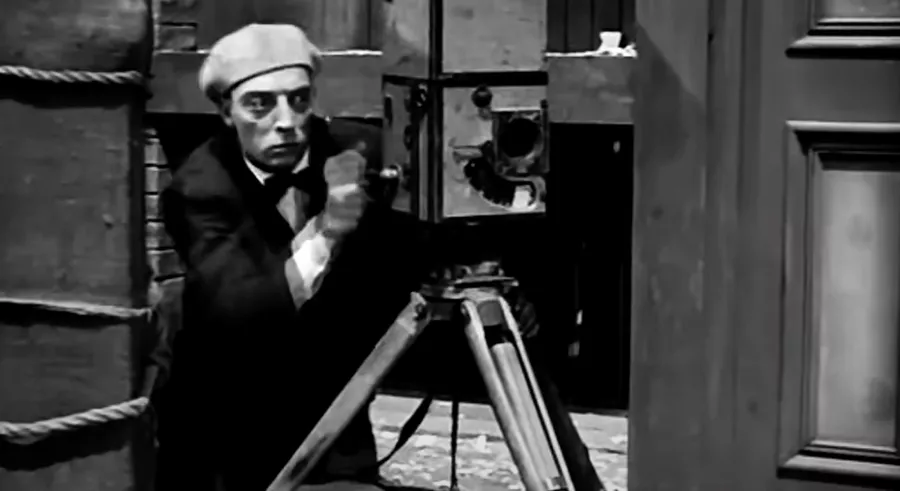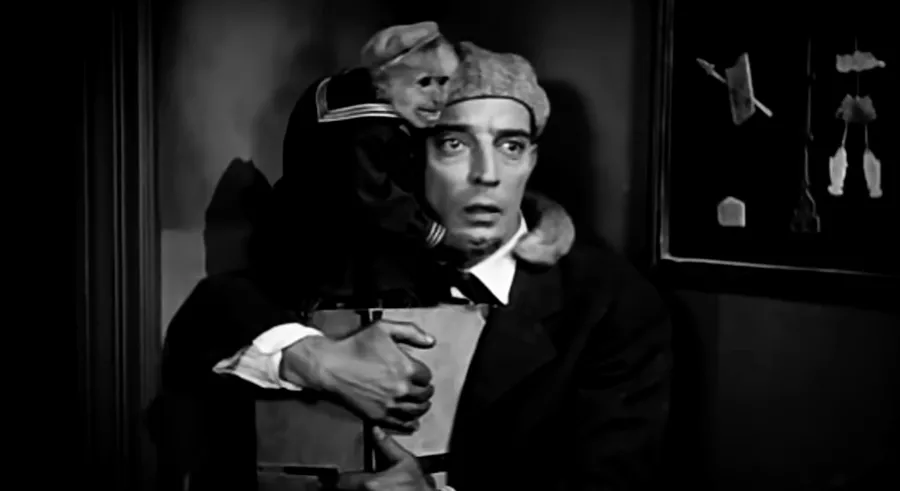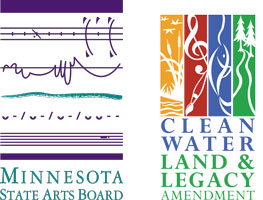Start a conversation about the performance or encourage reflection, using these questions as inspiration.
In PBS’s Buster Keaton: A Hard Act to Follow, directors Kevin Brownlow and David Gill open with this statement: “Buster Keaton is considered one of the greatest comic actors of all time. His influence on physical comedy is rivaled only by Charlie Chaplin.”
- How did Buster Keaton's use of physical comedy and visual storytelling techniques contribute to the art of cinema?
- How does Keaton’s influence extend past cinema and art?
Edward Sedwick, who co-directed the film alongside Keaton, writes about The Cameraman for its release on the Criterion Collection: “Buster Keaton is at the peak of his slapstick powers in The Cameraman … his last great masterpiece … Keaton plays a hapless newsreel cameraman desperate to impress both his new employer and his winsome office crush as he zigzags up and down Manhattan hustling for a scoop … The marvelously inventive film-within-a-film setup allows Keaton’s imagination to run wild, yielding both sly insights into the travails of moviemaking and an emotional payoff of disarming poignancy.”
- How does Keaton as a director and character use the camera itself to explore multi-dimensional narratives and reflect his perspective of 1920s New York and the U.S.?
- What is the relevance of The Cameraman today? How would you reimagine elements of the film to resonate with audiences in the 21st century?
- How should films with questionably appropriate depictions of Asian people, such as the Tong War scene in The Cameraman, be contextualized for screenings today?
Renowned composer, improviser, and organist Aaron David Miller will accompany Northrop’s screening of The Cameraman with live music. Miller last appeared on Northrop’s stage during Manual Cinema’s Ada/Ava and has received rave reviews when accompanying silent films.
- What are the unique advantages of improvisation as an artistic practice? How might you incorporate improvisation into your life outside of art?
- How do silent films lend themselves to unique creative collaborations and reimaginings?
